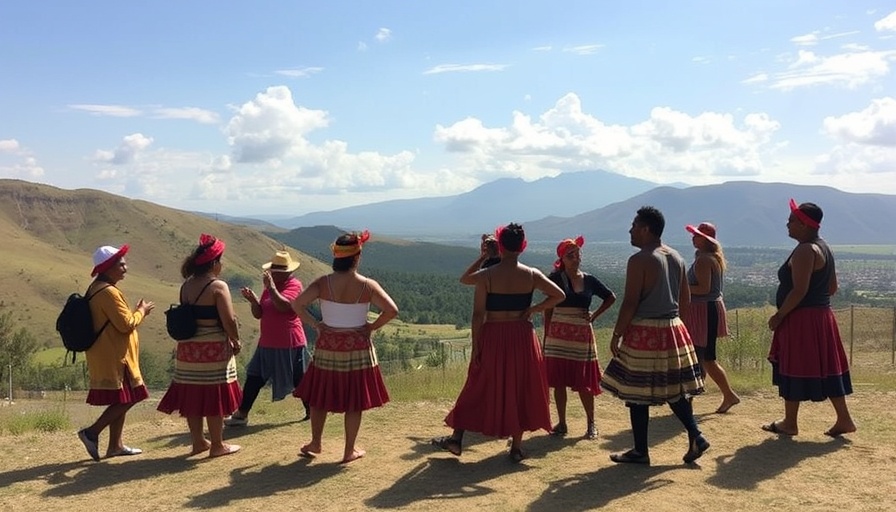
The Evolution of Cumbia: A Blend of Cultures
Cumbia isn’t just a genre; it’s a rich tapestry woven from various cultural threads, particularly in Ecuador. At the heart of this evolution is the magic of Andean cumbia, a genre that uniquely marries indigenous rhythms with the infectious beats of Colombian cumbia. The musical style reflects centuries of cultural exchange and transformation, with roots stretching deep into the footnotes of history.
Polibio Mayorga: The Pioneer of Andean Cumbia
Among the notable figures in this evolution is Polibio Mayorga, a revolutionary force in Ecuadorian music. His journey began in the rubble left by a catastrophic earthquake in 1949, where he unearthed a passion for music through the restoration of damaged church organs. Mayorga emerged from these humble beginnings to compose the first registered cumbia in Ecuador, "Cumbia Triste," in 1967, embedding his influence across the musical landscape.
His style incorporated Caribbean rhythms alongside traditional Andean folk tunes, thus reshaping what cumbia means in Ecuador. Mayorga wasn’t afraid to take risks; he infused psychedelic sounds using the Moog synthesizer, lending a futuristic touch to his creations. Today, he reflects on those pioneering days with pride, innovatively blending tradition with modernity.
Reflections on Social Identity Through Music
The roots of Andean cumbia are not just musical; they are intertwined with the social fabric of Ecuador. This genre became a voice for the marginalized, capturing the struggles and joys of migrant workers and the montubios—the working-class community. As Polibio has said, cumbia echoes the reality of everyday life, evolving from a genre associated with the lower class to a vibrant musical style embraced by all.
The fusion of styles in Andean cumbia captures the angst of migrant experiences while celebrating Ecuador's cultural richness. Through its melodies, listeners are invited to explore the heart of what it means to be Ecuadorian, as the music resonates with both historical pain and joy.
The Contemporary Scene: Legacy Continues
Today, musicians like Manuel Luzuriaga and his band Los Cumbancheros continue the tradition established by Mayorga. Their performances keep the spirit of cumbia alive, bringing the genre into new spaces and making it accessible to younger generations. This modern evolution of Andean cumbia is not merely a revival; it is a reinvention destined to reflect the changing times while bonding communities through shared rhythms.
Moreover, recent compilations such as Ecuatoriana, showcasing Mayorga's work, illustrate the enduring legacy of Andean cumbia. These projects celebrate the past while inviting new listeners to rediscover a genre that’s constantly in flux, adapting to the whims of modern society and technology.
The Future of Andean Cumbia: An Ongoing Journey
As the music landscape evolves, so does Andean cumbia. With increasing interest from global audiences and a growing appreciation for music that represents cultural narratives, the future looks bright for this genre. Artists today are tasked with the challenge of innovating while respecting the roots that gave rise to cumbia. This delicate balance ensures that Andean cumbia will continue to thrive, telling stories of hope and resilience through its vibrant rhythms.
As you listen to the melodies of Andean cumbia, remember that you are not just enjoying its beats; you are participating in a rich cultural exchange that spans continents and generations. Dive into the rhythms of cumbia, and as you dance, let the music narrate the stories of lives intertwined with history.
 Add Row
Add Row  Add
Add 




Write A Comment